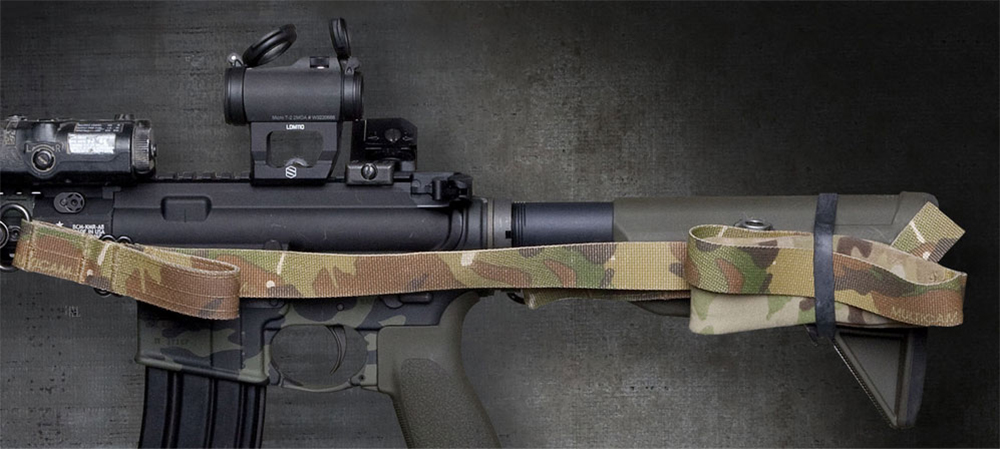RECOIL OFFGRID Preparation Ranger Bands: Tough Rubber Bands for the Outdoors
We've all had the experience of stretching a rubber band, only to have it snap in our hands, instantly becoming a useless strand of rubber. It's a mild annoyance when that rubber band is preventing a bag of tortilla chips in your pantry from going stale; it's a major headache when the band is retaining an important piece of gear in the field. Even heavy-duty rubber bands become old and brittle over time, so they're not entirely dependable.

These flimsy rubber bands may be fine around the house, but they don't belong in your emergency gear.
Enter the ranger band. These tough stretchy bands are far stronger than the rubber bands you'll find at WalMart, and they weren't originally designed as rubber bands — they're actually just rings cut from bicycle inner tubes.
Supposedly the “ranger band” name came from the fact that these first saw use by U.S. Army Rangers and other military personnel to lash together gear, but they have a wide variety of uses in any survival setting.

So, what makes ranger bands so much better than normal rubber bands?
First, they're far stronger, providing more tension and durability. Second, they're often wider, resulting in better coverage for gear — they can even be used to wrap the seams on a container or Zippo lighter for waterproofing. They also burn energetically for about 3 minutes, so they're a good tool for fire-starting. Gearward founder Mark Greenman writes, “I've used ranger bands for many years now, and I find they are up there with duct tape and cordage in terms of versatility. There's really so many things you can do with a really strong rubber band.”

A ranger band shown on a BCM Mod 0 stock, retaining a sling for vehicle-borne operations. Photo: BCM
Ranger bands are often used to lash gear together, such as temporarily strapping a flashlight to a gun barrel, holding a P38 can opener on a paracord bracelet, or keeping the lid on an Altoids tin survival kit firmly sealed. They can also be used the same way as rubber bands to bind items to MOLLE-compatible bags or packs:
The cheapest way to get your hands on some ranger bands is to find an old punctured bicycle tire, strip out the inner tube, and cut it into segments. Failing that free option, you can purchase inner tubes from a local sporting goods store or bike shop, or buy pre-cut packs of ranger bands for $10 or less from companies like Wazoo Survival Gear or Gearward. Some of these purpose-built bands are said to be thicker than inner tubes, and they're available in a variety of sizes.
If you're already an experienced user of ranger bands, what roles do they fulfill in your bug-out bag or survival kit? Let us know in the comments.
 STAY SAFE: Download a Free copy of the OFFGRID Outbreak Issue
STAY SAFE: Download a Free copy of the OFFGRID Outbreak Issue
No Comments